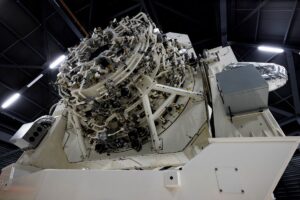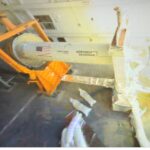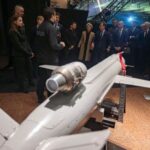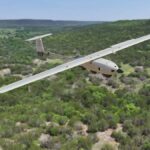
The U.S. Space Force's first site for the Deep Space Advanced Radar Capability (DARC) is to start operations in Exmouth in the Western Australian Outback in 2026, and a top Department of the Air Force official said on May 21 that the second and third sites will be in Texas and the United Kingdom. For space domain awareness, "we are taking advantage of commercial [systems], where we can," Frank Calvelli, the assistant secretary of the Air Force for space acquisition…














